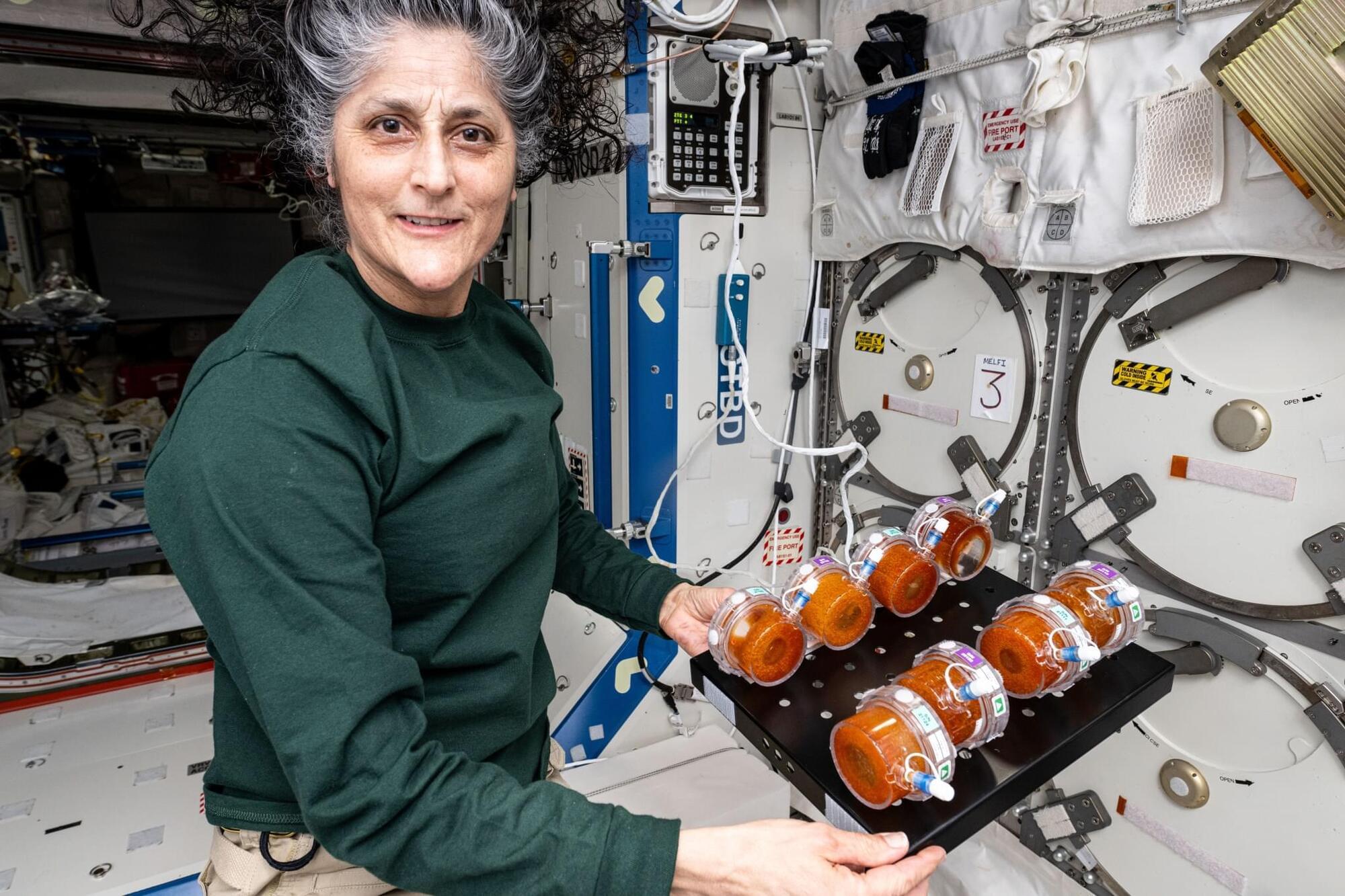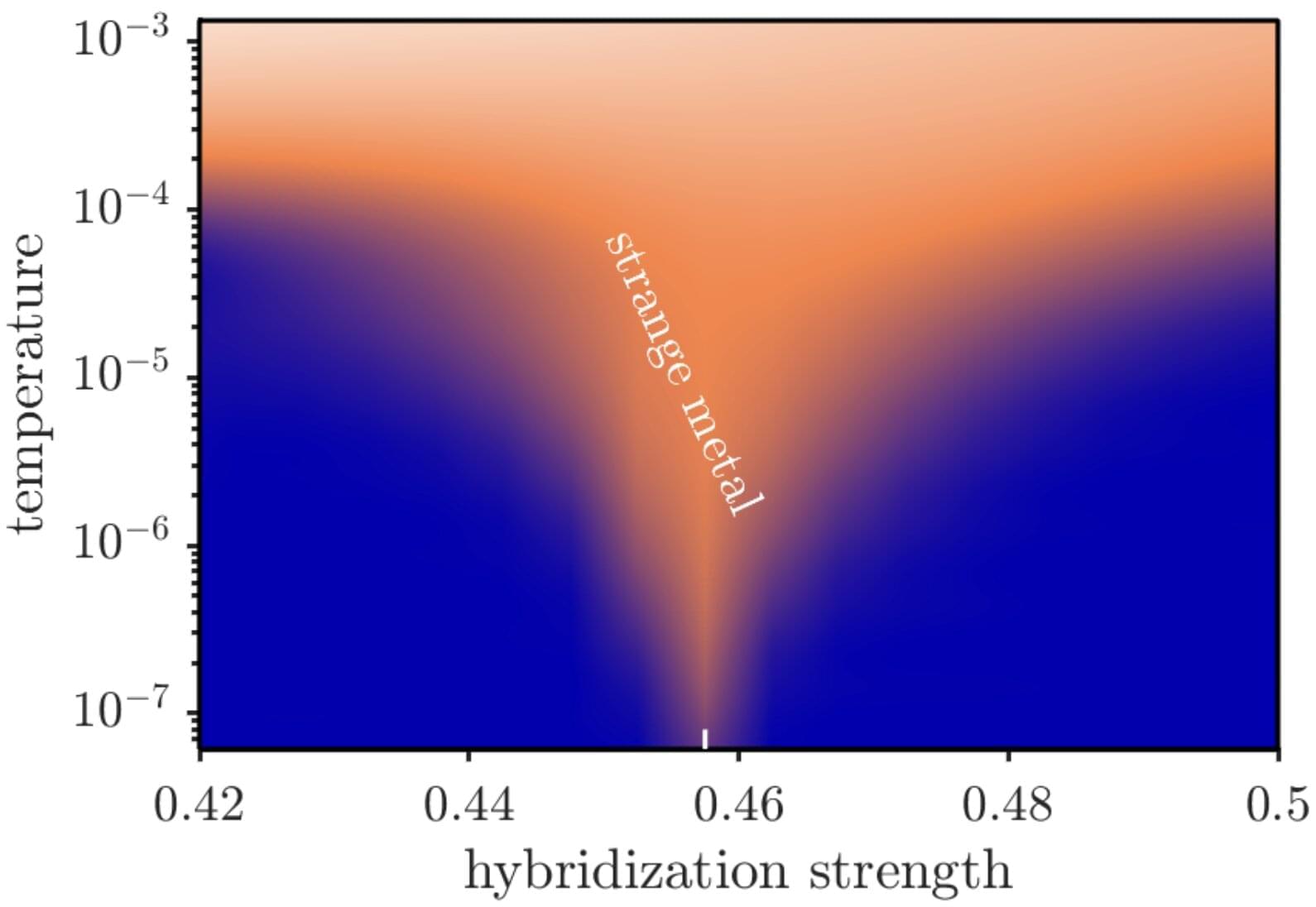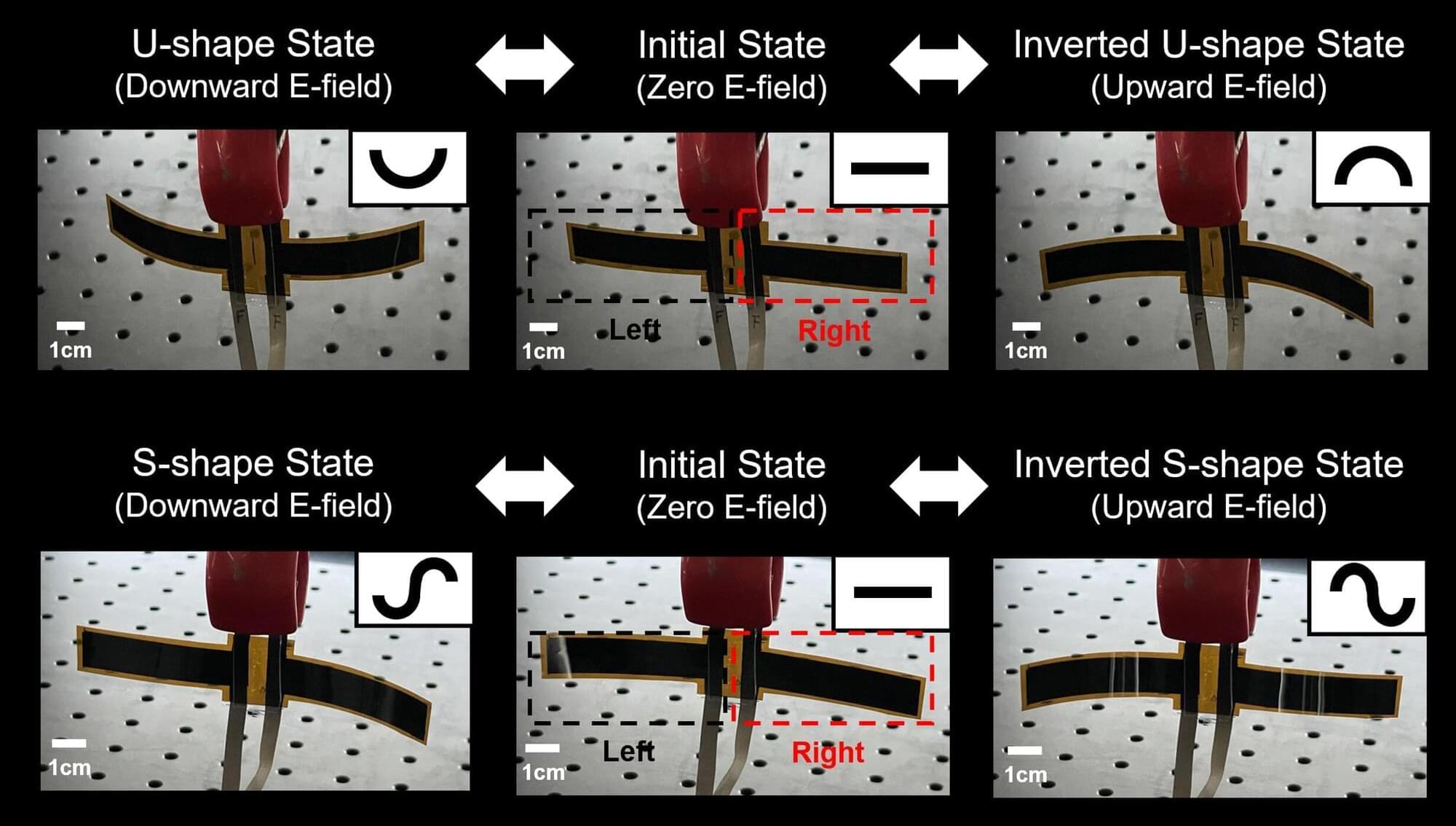Amjad Masad, CEO of Replit — a company that allows users to build apps and websites using AI, has said that learning to code is pointless because artificial intelligence (AI) will soon take over coding professions.



NASA’s BioNutrients series of experiments is testing ways to use microorganisms to make nutrients that will be needed for human health during future long-duration deep space exploration missions.
Some vital nutrients lack the shelf-life needed to span multi-year human missions, such as a mission to Mars, and may need to be produced in space to support astronaut health. To meet this need, the BioNutrients project uses a biomanufacturing approach similar to making familiar fermented foods, such as yogurt. But these foods will also include specific types and amounts of nutrients that crews will be able to consume in the future.
The first experiment in the series, BioNutrients-1, set out to assess the five-year stability and performance of a hand-held system—called a production pack—that uses an engineered microorganism, yeast, to manufacture fresh vitamins on-demand and in space.




While researchers continue to work on a full cure for Alzheimer’s disease, they’re finding treatments that can help manage symptoms and delay their onset, including the recently approved next-gen therapies lecanemab and donanemab.
Both treatments have been approved by US regulators in the last couple of years, and they work by clearing out some of the amyloid protein plaques in the brain that are linked to Alzheimer’s. However, there’s some debate over how effective they are.
To quantify the effectiveness of lecanemab and donanemab in more meaningful terms, researchers from the Washington University School of Medicine (WashU Medicine) recruited 282 volunteers with Alzheimer’s, analyzing the impacts of taking these drugs over an average of nearly three years.


Quantum critical points are thresholds that mark the transition of materials between different electronic phases at absolute zero temperatures, around which they often exhibit exotic physical properties.
One of these critical points is the so-called Kondo-breakdown quantum critical point, which marks the collapse of the Kondo effect (i.e., quantum phenomenon that entails the localization of magnetic moments in metals), followed by new emergent physics.
Researchers at Ludwig-Maximilian University of Munich, Rutgers University, and Seoul National University set out to further study the dynamical scaling associated with the Kondo-breakdown quantum critical point, utilizing a theoretical framework describing heavy fermion materials known as the periodic Anderson model.

A major breakthrough in liquid catalysis is transforming how essential products are made, making the chemical manufacturing process faster, safer and more sustainable than ever before.
Researchers from Monash University, the University of Sydney, and RMIT University have developed a liquid catalyst that could transform chemical production across a range of industries—from pharmaceuticals and sustainable products to advanced materials.
By dissolving palladium in liquid gallium the team, led by Associate Professor Md. Arifur Rahim from Monash University’s Department of Chemical and Biological Engineering, created a self-regenerating catalytic system with unprecedented efficiency.

A research team has developed the world’s first smartphone-type OLED panel that can freely transform its shape while simultaneously functioning as a speaker—all without sacrificing its ultra-thin, flexible properties.
The study, led by POSTECH’s (Pohang University of Science and Technology) Professor Su Seok Choi from the Department of Electrical Engineering and conducted by Ph.D. candidates Jiyoon Park, Junhyuk Shin, Inpyo Hong, Sanghyun Han, and Dr. Seungmin Nam, was published in the March online edition of npj Flexible Electronics.
As the display industry rapidly advances toward flexible technologies—bendable, foldable, rollable, and stretchable—most implementations still rely on mechanical structures such as hinges, sliders, or motorized arms. While these allow for shape adjustment, they also result in increased thickness, added weight, and limited form factor design. These drawbacks are particularly restrictive for smartphones and wearable electronics, where compactness and elegance are critical.